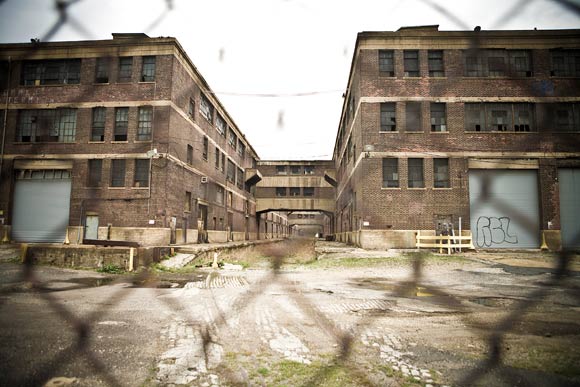 Guess what, Philadelphians: You live in the country’s most toxic city. Well, at least according to Forbes and its list of “America’s 10 Most Toxic Cities.” Published in late February, the list inspires a host of questions: Should we all be stocking up on water filters and air purifiers? How can this ranking be reconciled with the proactive, environmentally-aware city Philadelphians experience everyday? Can the methodology be taken seriously? And lastly, what can we do to improve, even if that just means reframing the debate?
Guess what, Philadelphians: You live in the country’s most toxic city. Well, at least according to Forbes and its list of “America’s 10 Most Toxic Cities.” Published in late February, the list inspires a host of questions: Should we all be stocking up on water filters and air purifiers? How can this ranking be reconciled with the proactive, environmentally-aware city Philadelphians experience everyday? Can the methodology be taken seriously? And lastly, what can we do to improve, even if that just means reframing the debate?
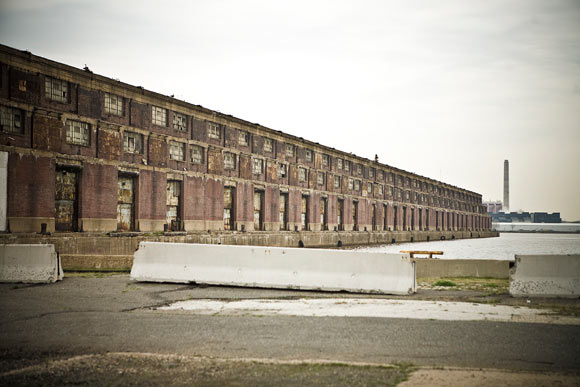 “These rankings, as a rule of thumb, are incredibly arbitrary,” insists Julie Becker, president of the Women’s Health and Environmental Network (WHEN), a local non-profit dedicated to educating and advocating on the links between environmental toxins and public health. Becker is actually a researcher by trade, and you can hear the frustration in her voice as she viciously questions the list’s findings.
“These rankings, as a rule of thumb, are incredibly arbitrary,” insists Julie Becker, president of the Women’s Health and Environmental Network (WHEN), a local non-profit dedicated to educating and advocating on the links between environmental toxins and public health. Becker is actually a researcher by trade, and you can hear the frustration in her voice as she viciously questions the list’s findings.
Stats Don’t Add Up
The magazine focused on five factors: air quality, water quality and Superfund sites (drawn from Sperling’s Best Places), as well as two EPA metrics: the number of days when Air Quality Index exceeded 100 in 2009 (the most recent year available) and the agency’s Toxics Release Inventory (TRI).
“People take the statistics out of context,” explains Becker. “Each of those metrics is designed to measure very specific things. They’re not designed to work together. It’s not only alarmist, but you’re comparing apples to kumquats. It creates a hyper level of negativity in how people think about their environment.”
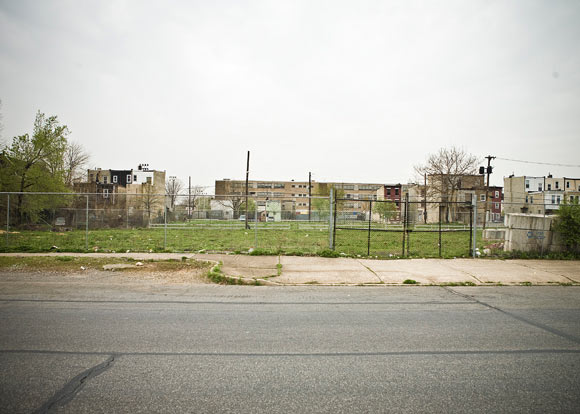 Christine Knapp, formerly of PennFuture and now manager of public and client relations for the Greater Philadelphia Innovation Cluster (GPIC) at the Navy Yard, echoed Becker’s skepticism. “I just feel like they’re inherently sloppily done,” she says. “These statistics also included parts of Delaware, New Jersey and Maryland.”
Christine Knapp, formerly of PennFuture and now manager of public and client relations for the Greater Philadelphia Innovation Cluster (GPIC) at the Navy Yard, echoed Becker’s skepticism. “I just feel like they’re inherently sloppily done,” she says. “These statistics also included parts of Delaware, New Jersey and Maryland.”
Right Position, Wrong List
Both Knapp and Becker touched on two areas in particular where Philadelphia has been a national leader–and yet still came out badly in the Forbes list.
The first was water quality. “Philadelphia has repeatedly won awards for our treatment plants and our water quality,” says Knapp. “People joke about ‘Schuylkill Punch,’ but when you really compare our water quality to other major cities, we’re pretty great.” She also mentioned the Water Department’s Clean Cities, Green Waters program, a proactive stormwater management plan that uses green infrastructure to keep runoff out of our waterways.
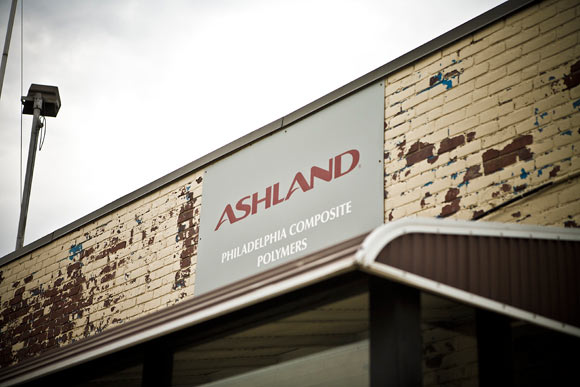 Ironically, that aggressive approach to monitoring water quality might actually be part of the problem with a stat-based list like this. “In large part, the issues with our water quality have to do with the fact that (the city) is looking for things, and a lot of other places aren’t,” explains Becker. “Here, they’re being proactive, and saying, ‘Does this stuff exist?’ to give us a baseline. Chances are, if you look for something, you’re going to find it. The question is then, what do you do to deal with that?”
Ironically, that aggressive approach to monitoring water quality might actually be part of the problem with a stat-based list like this. “In large part, the issues with our water quality have to do with the fact that (the city) is looking for things, and a lot of other places aren’t,” explains Becker. “Here, they’re being proactive, and saying, ‘Does this stuff exist?’ to give us a baseline. Chances are, if you look for something, you’re going to find it. The question is then, what do you do to deal with that?”
The other major point of contention is Superfund and brownfield sites–land with a manufacturing past that often suffers from contamination. Like most of the non-California cities on the Forbes list, Philadelphia has a long, storied, messy industrial history. When manufacturing left, byproducts often stayed behind. As with water quality, the city is tackling this problem head-on. In early April, Philadelphia hosted the EPA’s National Brownfields Conference, a gathering focused on remediation, revitalization and development of contaminated sites. In conjunction, the city’s Office of Arts, Culture and Creative Economy sponsored Soil Kitchen, a temporary art installation that offered citizens free soup in exchange for soil samples from their neighborhoods. The EPA donated a mobile lab to help analyze the specimens. Old industrial areas are slowly but surely being reclaimed–Greensgrow, the pioneering urban farm and plant nursery in Kensington, was built on a brownfield site.
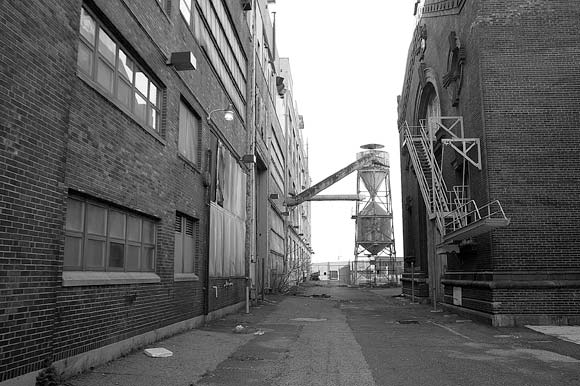 “We have lot of information about our superfund sites, and what’s in them,” says Knapp. “A lot of places don’t really do that kind of testing. That doesn’t help us with surveys like this, but in real life, the data gives us an understanding of what we can do with brownfields, and how to redevelop them.”
“We have lot of information about our superfund sites, and what’s in them,” says Knapp. “A lot of places don’t really do that kind of testing. That doesn’t help us with surveys like this, but in real life, the data gives us an understanding of what we can do with brownfields, and how to redevelop them.”
Image Isn’t Everything, But It Plays a Role
One of the main reasons a ranking like this is so problematic–and why it makes sustainability leaders like Knapp and Becker so incensed–is Philadelphia’s perennial image problem. We tend to get beaten up in the national media, whether its for our sports fans or our Superfund sites. This reputation runs so contrary to what people who live and work in local sustainability circles know: that there is a progressive, proactive movement afoot to make our city safer, more livable and more environmentally sound. Initiatives such as PennFuture’s Next Great City coalition and Mayor Nutter’s Greenworks campaign take a holistic and systemic approach to improving Philadelphia.
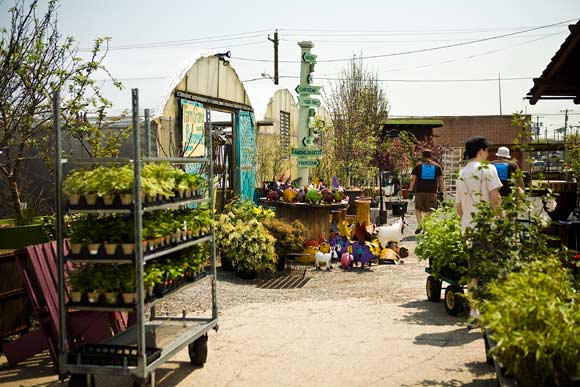 “I think we still have a little bit of a PR campaign to launch for Philly,” says Knapp as we enjoy a spring day outside Urban Outfitters’ spectacular headquarters (a paragon of industrial reuse) at the Navy Yard. “We’re getting known more nationally, and even internationally. I’ve been in GPIC meetings now with the British Minister for Energy and Climate–he was here to learn about what we were doing. The Scottish Director of Energy and Climate was here last week. There’s definitely a kind of banging on the door to get involved with some of our work here. So, we’re definitely getting on that map.”
“I think we still have a little bit of a PR campaign to launch for Philly,” says Knapp as we enjoy a spring day outside Urban Outfitters’ spectacular headquarters (a paragon of industrial reuse) at the Navy Yard. “We’re getting known more nationally, and even internationally. I’ve been in GPIC meetings now with the British Minister for Energy and Climate–he was here to learn about what we were doing. The Scottish Director of Energy and Climate was here last week. There’s definitely a kind of banging on the door to get involved with some of our work here. So, we’re definitely getting on that map.”
Lee Stabert is a freelance writer based in Philadelphia. Send feedback here.
Photos:
Ashlands Brownfield on South Delaware Avenue
The Ashlands Brownfield extends out onto the pier
Brownfield on North American Street
Ashland
The Philadelphia Navy Yard
Greensgrow Urban Farm
All photographs by MICHAEL PERSICO
